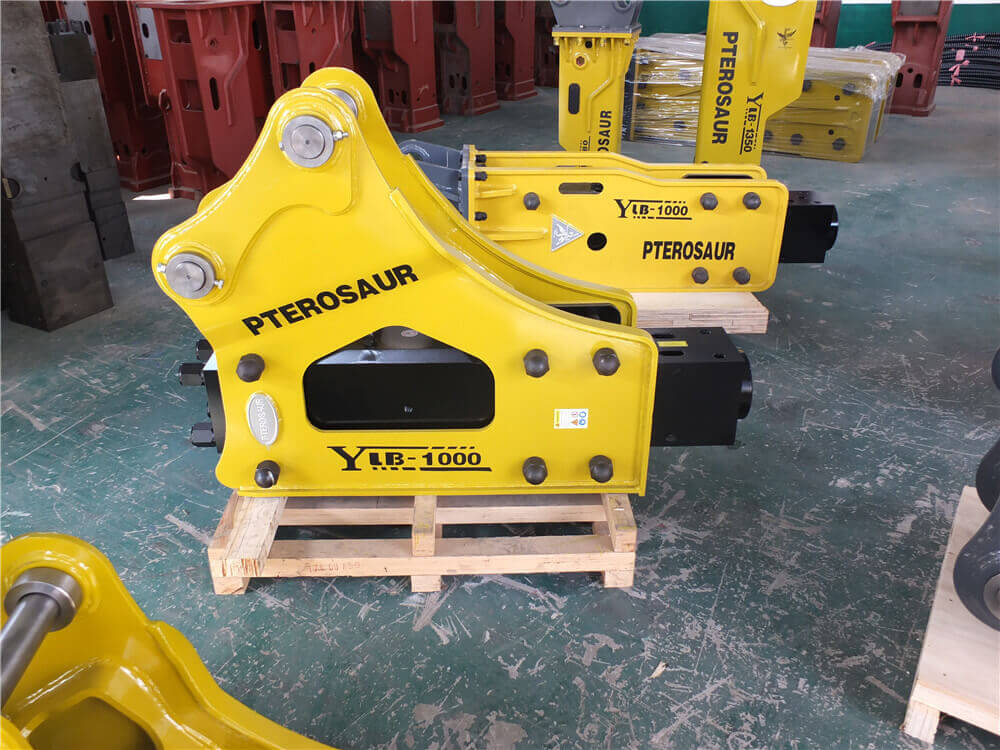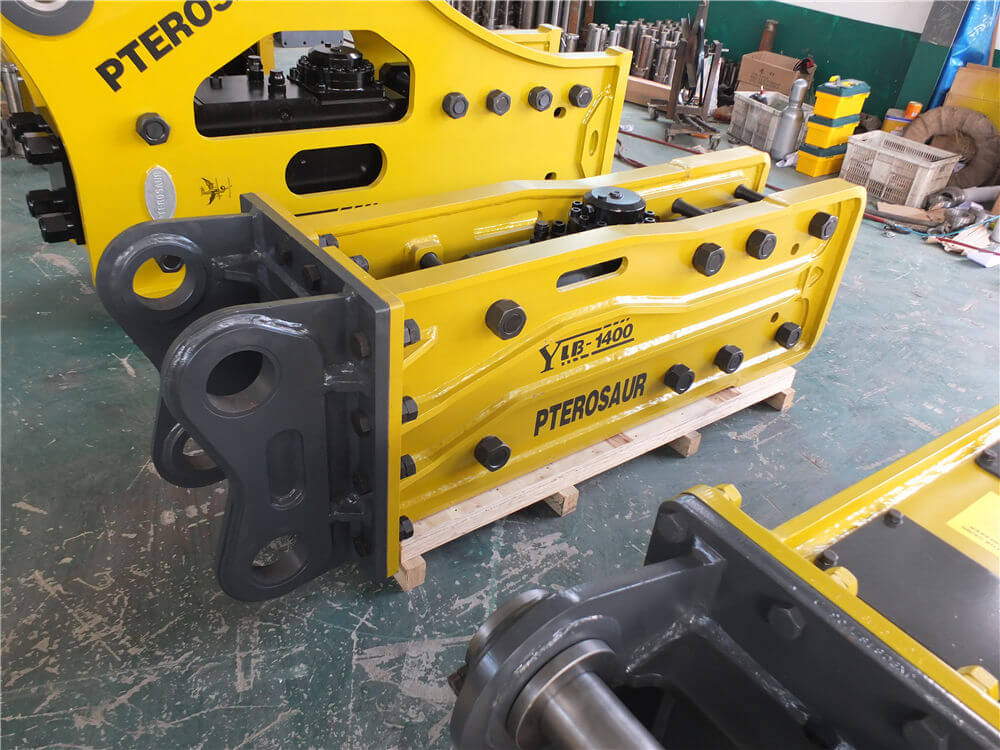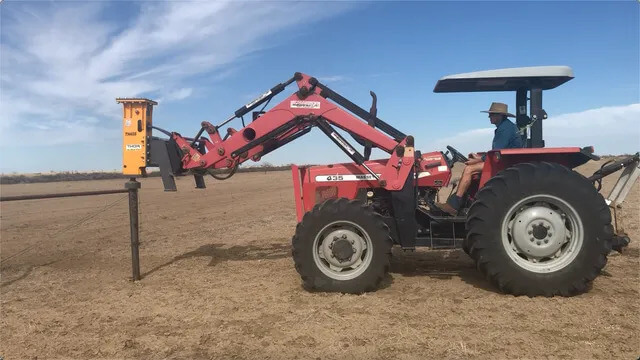How to Change a Bit on a Hydraulic Concrete Breaker Attachment
Hydraulic concrete breakers are essential tools in construction and demolition, allowing for the efficient breaking of concrete, asphalt, and stone materials. However, to maintain optimal performance, it’s crucial to know how to change the bit properly. This guide will walk you through the steps to safely and effectively change the bit on a hydraulic concrete breaker attachment.
Step 1: Prepare for the Bit Change
Before starting the procedure, ensure that you are working in a safe environment. Follow these steps:
-
Positioning the Breaker: Make sure the hydraulic breaker is in a horizontal position. This will help stabilize the attachment during the bit change process.
-
Disconnect Hoses: Ensure that the hydraulic hoses are disconnected from the breaker. This is a critical safety step to prevent accidental operation while you’re working on the attachment.
-
Prevent Falling Hazards: The bit can be heavy, so be cautious. You do not want it to fall and cause injury. It’s advisable to have a helper or use a support mechanism to hold the bit securely.
Step 2: Remove the Old Bit
Now that your workspace is prepared, it’s time to remove the old bit:
-
Using a Punch and Hammer: Locate the top pin that secures the bit to the holder dowel. Use a punch and hammer to carefully remove the top pin. Ensure you are hitting the punch straight and not at an angle to avoid damaging the pin or the holder.
-
Take Out the Bit: Once the pin is removed, you can pull the bit out of the holder. Check the condition of the bit and the holder for any signs of wear or damage. If the bit needs replacing, proceed to the next step.
Step 3: Install the New Bit
With the old bit removed, you can now install the new bit:
-
Align the New Bit: Insert the new bit into the holder, ensuring that it is properly aligned. The bit should fit snugly into the holder without excessive force.
-
Reinsert the Top Pin: Once the bit is in place, take the top pin and reinsert it into the holder to secure the new bit. Make sure it is fully seated to prevent it from coming loose during operation.
-
Check for Secure Fit: After installing the pin, give the bit a gentle tug to ensure it is securely attached. If it feels loose, double-check that the pin is properly in place.
Step 4: Final Safety Checks
Before resuming work with your hydraulic breaker, perform these final checks:
-
Reconnect Hoses: Reconnect the hydraulic hoses to the breaker, ensuring that all connections are tight and secure.
-
Test Operation: Before starting full operations, test the breaker briefly to ensure that everything is functioning as expected.
-
Follow Maintenance Protocols: Regularly check your hydraulic breaker and bits for wear and tear. Refer to your equipment’s operation and maintenance manual for specific guidelines related to your model.
Conclusion
Changing the bit on a hydraulic concrete breaker attachment does not have to be complicated. By following these straightforward steps, you can ensure that your equipment remains in top condition, enhancing efficiency and safety in your construction or demolition projects. Always prioritize safety by wearing appropriate protective gear and following operational guidelines as outlined in the manufacturer’s manual.




































